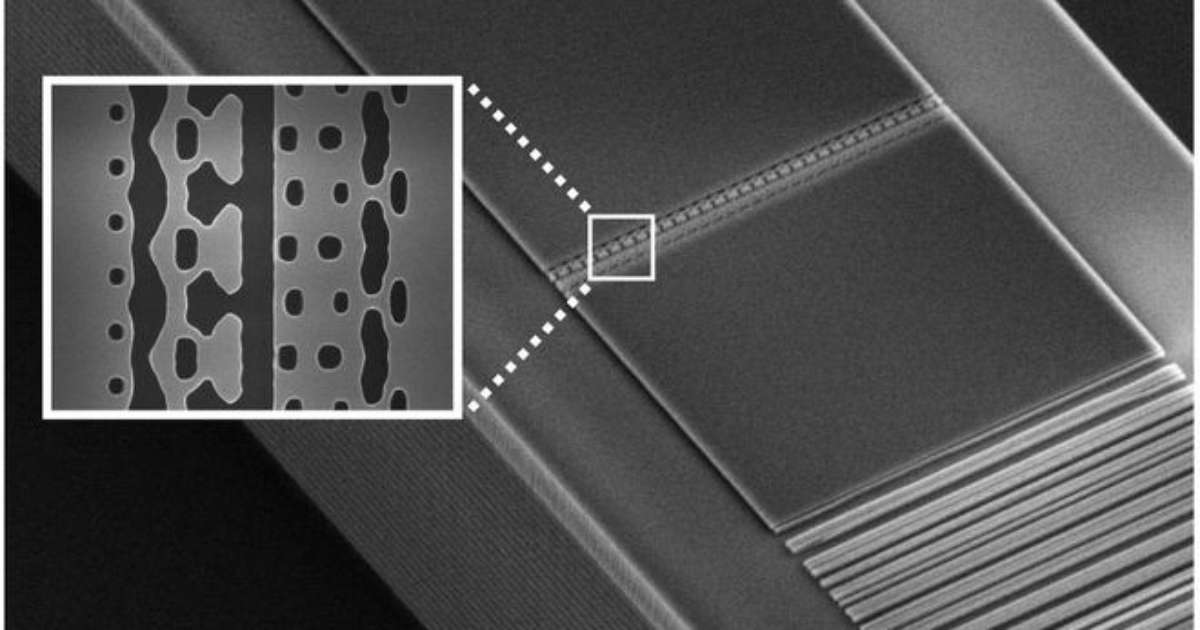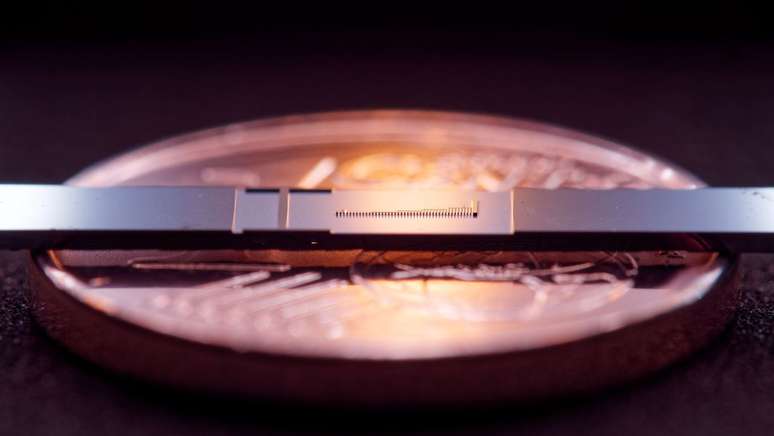A coin-sized particle accelerator increased the initial energy of electrons by 43%; The device can be used to treat tumors
November 2
2023
– 3:40 pm
(Updated at 3:58 p.m.)
Scientists at Friedrich-Alexander University Erlangen-Nuremberg (FAU) in Germany tested smaller Particle accelerator From the world. This device, the size of a small coin, increases the energy of electrons and could one day revolutionize medicine in treating oncology.
Particle accelerators have a pedigree of some of the most important in modern physics. Hey Large Hadron Collider (LHC)It is the largest and most famous of them, and has a 27-kilometre-long ring installed in a tunnel 100 meters underground.
However, there are many much smaller particle accelerators, such as those used in old television tubes and van der Graaff generators, with their stunning effect at the simple touch of the dome.
Such devices are essential for many areas of industry and the medical sector. The problem is that, to achieve these purposes, you need a few – or many – square meters and a lot of money invested. Therefore, scientists and engineers are always looking for more economical and less expensive alternatives.
Recently, small, high-energy accelerators have been proposed (first in 2015), thanks to new capabilities to use light with wavelengths shorter than microwaves (which are typically used in large facilities). In theory, this could be done using visible light lasers, for example.
Now, researchers have been able to create and operate a coin-sized accelerator, with microscopic rings 0.5 millimeters long. It is only 225 nanometers thick, while human hair is 80,000 to 100,000 nanometers thick, for comparison purposes.
Instead of particles such as protons or photons, the small device accelerates electrons with an energy value of 28.4 keV to increase them by about 43%: the value obtained was 40.7 keV. This is an amazing result, considering that this is the first time a nanophotonic device has been deployed since a 2015 proposal.
This demonstration, although successful, is just the beginning in the quest to make microaccelerators truly useful for real applications. It will still be necessary to increase the power gain by 100 times before the chip can finally be used in medicine.
One of the main expectations is that these devices could be used to treat cancer cells, instead of traditional radiotherapy, which can harm the body. By implanting the chip in the patient’s body, it will be possible to apply radiation therapy directly to the affected area.
The results were published in a study in the journal nature.
Popular on Canaltech:

“Coffee trailblazer. Social media ninja. Unapologetic web guru. Friendly music fan. Alcohol fanatic.”



